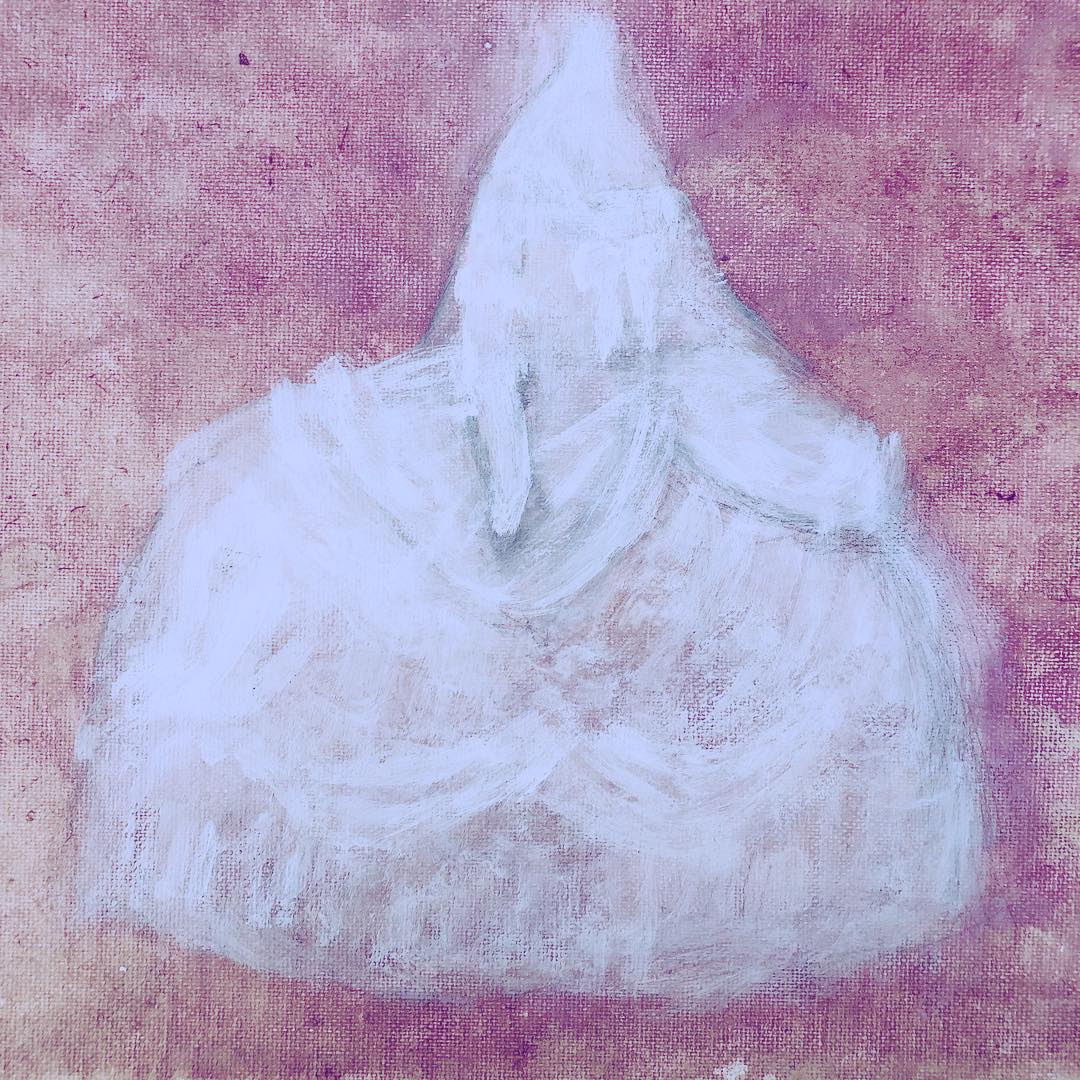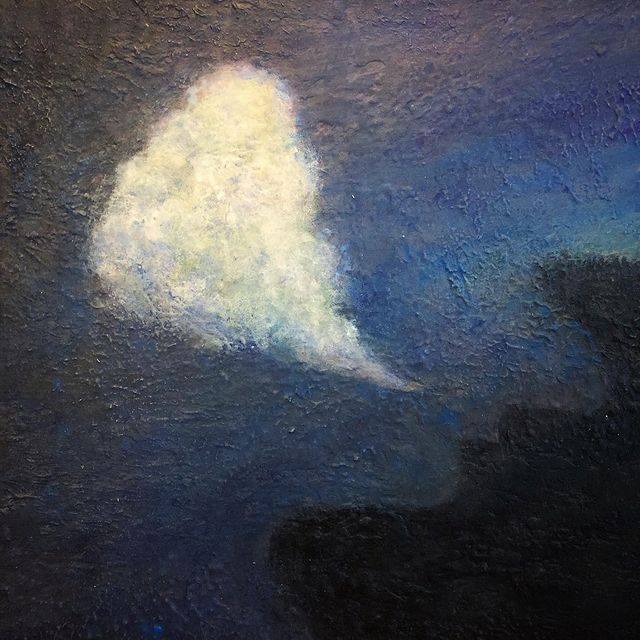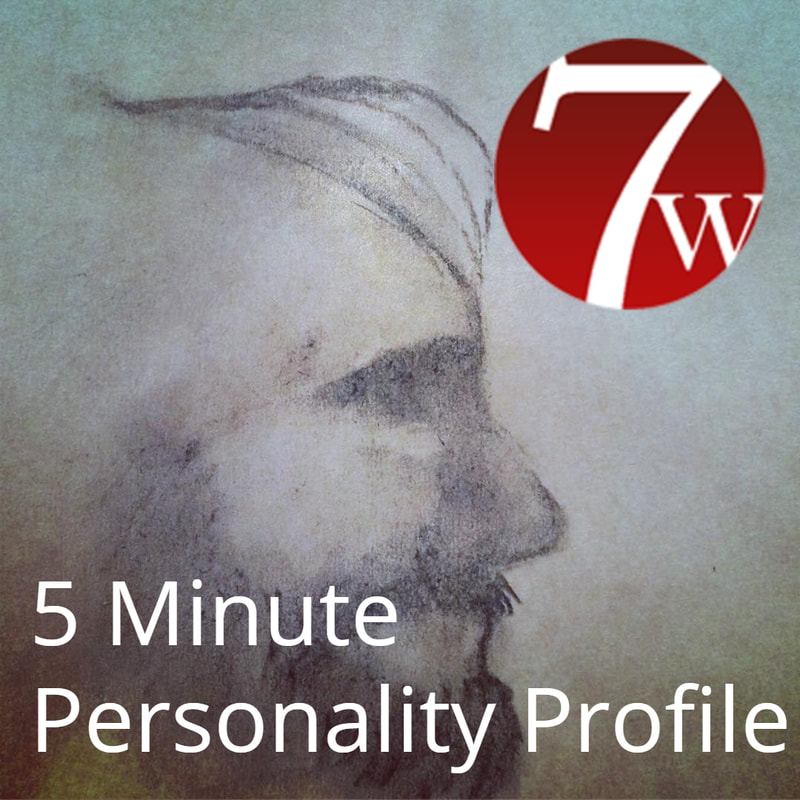Sabian Symbols: Beautifully gowned wax figures
|
This universal idea is best expressed through planets in
Aquarius 8 (7° - 8°)CREATIVE POWER OF ADMIRATION
Creating the future out of idealising images "Creating idealised intentions" In order to project a clear, new vision into the future we need to imagine its details very clearly. Having no better examples to copy and contrast we can use models that we invent purely out of our imagination. As, in some ways, science fiction drives the inventiveness of technology, so fashion models drive our sense of beauty and grace, and our morality and spiritual teachings come to shape how we think and feel about life, and thus shapes how we experience reality itself.
Rudhyar: BEAUTIFULLY GOWNED WAX FIGURES ON DISPLAY |
|
|
Beautifully gowned wax figures on display
Impact |
By idealising others we find resonance with our own potential for achievement
The human spirit, as it gathers strength, has an ineradicable vanity, a self-importance that is by no means always graceful. Yet this can have real usefulness, and most certainly has impact upon how things unfold. Both beauty and reputation are illusions that dissolve with time and full exposure, and here, from the finery it wears in a shop window, or being included in displays at Madam Tussaud's, a dummy shows the celebration both of superficial form and impotent reputation. However, it draws attention to the potential for achievement through the effective dramatisation of human character on some level of everyday understanding – something we can relate to. A strong psychological dynamic for individual effort comes from the direct influence of outstanding beauties and heroes – even notorious people. There is no completely corrupt example of the human experience – even the bad guys have good qualities. We find empathy for famous strangers through resonance with our personal idealisations. We hold in admiration another person because, perhaps in some hidden way, potentially, we have within us the quality we most admire in them. Of course, it is foolish to engage in a futile effort to recapture any outworn experience, especially of another person who is so effectively fictionalised and made into an ideal. Yet here, implicit in the symbolism of the waxworks, is shown the necessity to recognise and identify the values that we consider worthy of emulation, in order that we can refine our own aspirations, and proceed thereby to realise them ourselves. |
Beautifully gowned wax figures
|
Commentary from Richard Grey
No - wax figures Hello - displays Thanks - beauty | values we want to emulate Goodbye - realisation of better self Please - imagination (of self or others in new 'garb') | recognition of values we want to emulate Sorry - refinement of our aspirations Yes - wanting to be different (like other) The symbol here could be about No, i.e. wax figures, facsimiles, not being real, inanimate, superficial forms - like those in a waxworks (e.g. Madame Tussaud's). It could also be about manikins in a shop window, models on which new clothes (and ways) are displayed (Hello). What do we admire (T) and idealise (P)? Sometimes we need to physically see or imagine (P) what it is we want to emulate, before we decide (G), with intention (P) to do it (refine (S) ourselves). This is different from idle curiosity (H). |














